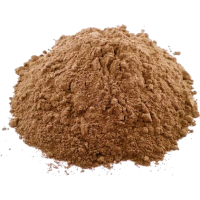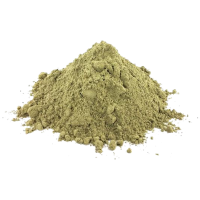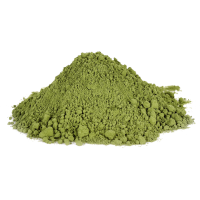In low dosages of a few grams of leaf, kratom functions primarily as a stimulant, with effects similar to caffeine without the marked jitteriness of drinking several cups of coffee. In higher dosages, kratom functions as a neurological opiate, triggering the mu opiate receptors in the brain, even though kratom is chemically different from the opium derived medications such as codeine, morphine, hydrocodone, and oxycodone.
Until 2002, the alkaloid mitragynine was believed to be the primary active ingredient in kratom. Out of all the alkaloids in kratom, there is more mitragynine than any other alkaloid. In the 1970’s, the predecessor of the pharmaceutical giant GSK did research into the medicinal potential of mitragyna speciosa. They did a scientific study comparing the effects of pure mitragynine to crude extract of kratom leaf and found that mitragynine by itself was not an effective analgesic medicine. They subsequently decided that there was no medical use for kratom.




